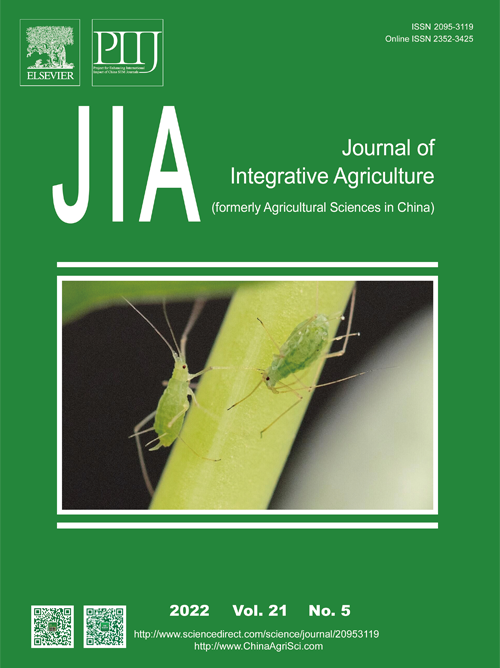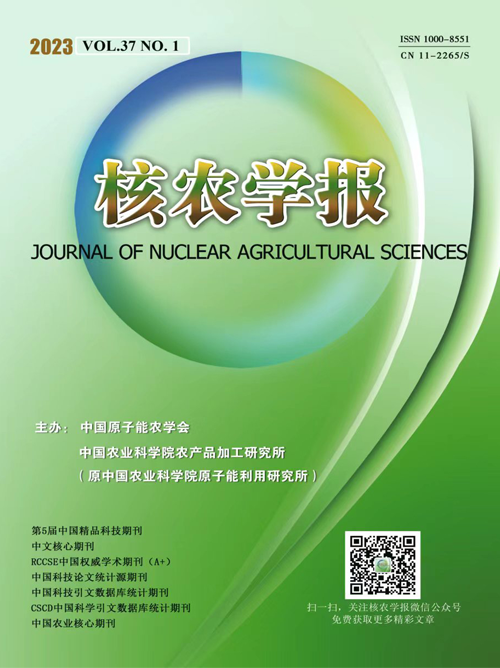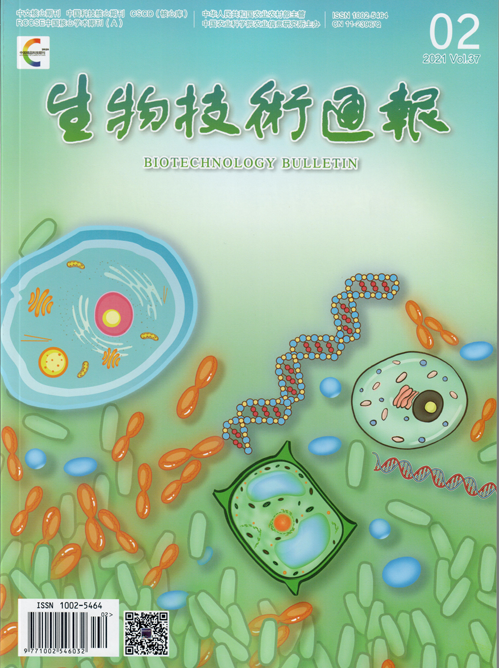Chinese researchers have untangled a genetic puzzle that has long impeded global progress toward a commercially viable corn variety rich in iron, a crucial microelement for human health, according to a study published by Science journal on Friday.
The discovery could help roll out an iron-enriched corn variety in a couple of years, providing a boon to almost one-third of the global population troubled by iron deficiency-induced health problems such as anemia, said a researcher involved in the study.
After nine years of painstaking research, the plant scientists from Chinese Academy of Agricultural Sciences and Henan Agricultural University found that the corn gene ZmNAC78 is responsible for regulating iron concentration in kernels independent of plant growth or grain yield.
The finding is a breakthrough in plant nutrition given that past attempts to cultivate iron-enriched corn mostly ended up with compromised grain output, which makes large-scale growing not possible, experts said.
Before this study, how iron finds its way into corn kernels was almost completely unknown by the global science community, which has been looking into possibilities of ironrich crop varieties ranging from rice to corn since the early 2000s, said Li Wenxue, the study's lead researcher.
The research was part of a broader effort to ease the global micronutrient deficiency that they call "hidden hunger".
Huge progress has since been made in rice over the past two decades, but attempts to decipher the secrets behind iron-rich corn languished due to a more complex kernel structure.
"One challenge to biofortifying Fe (iron) in maize is that Fe concentrations in grain are negatively correlated with maize yield," the paper said in its opening paragraphs.
To address the dilemma, Li and his colleagues at CAAS's Institute of Crop Sciences conducted a genome-wide association study of mainstream corn varieties in China and found that the higher the expression levels of the gene, the more iron content in the kernels.
Further analysis showed that expression levels of the gene in question do not affect corn growth or the average weight, meaning that efforts to increase iron content through this gene would not jeopardize output.
The increased concentration of iron is more than two times that of the mainstream corn strains planted in China.
While speaking at a news conference on Friday, Li said the research also shed light on a new approach to raising iron concentrations in wheat, another staple food that shares a similar kernel structure with corn.
"The enhanced corn variety does not taste like rust as other iron-rich food such as spinach," he said.
Corn is consumed as a staple food in many densely populated regions from China to South America to Africa. The lack of iron in the human diet is fueling a wide range of health risks such as poor immunity, stunted growth and cognitive impairment.
It affects an estimated 2 billion people globally, with many being pregnant women and children in the developing world.
Chu Chengcai, a renowned plant scientist from South China Agricultural University, who is not involved in the research, said iron deficiency causes up to 200,000 deaths in some of the most impoverished corners on Earth.
"Li's research is significant in the sense that it offers a new solution to address the iron deficiency-induced hidden hunger," he said.
The United Nations Sustainable Development Goal 2 is to end global hunger and reduce all kinds of malnutrition by 2030. "This goal could be partly achieved by the biofortification of staple food crops," Li's paper said.







